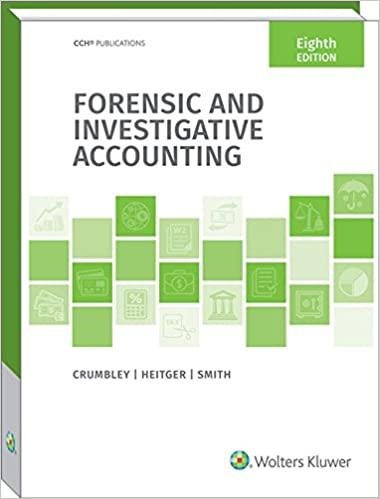Question
Consider a two-period economy in which income in period 0 and in period 1 can take two possible values: 1 or 2. The probability that
Consider a two-period economy in which income in period 0 and in period 1 can take two possible values: 1 or 2. The probability that income is 1 in any period is 1/3. Moreover, P(y1 = 1|y0 = 1) = 0.8 and P(y1 = 2|y0 = 2) = 0.9. Individuals in this economy all have the same income and the same utility function u = ln(c). In addition, their time discount factor is 0.9. It follows that individuals price any asset according to y0 p0 = 0.9E0 y Z1 1 in which Z1 is the gross payoff associated with the asset considered. a) Calculate the price of a bond which pays 1 with certainty in period 1 (i.e. Z1 = 1), when y0 = 1 and when y0 = 2. b) Why is this bond more expensive when y0 = 2 than when y0 = 1? c) Calculate the expected net rate of return on this bond? A corporate bond pays 1 in period 1 unless bankruptcy happens; in this case, the corporate bond pays nothing. Suppose that bankruptcy happens with probability 0.2 if y1 = 1 and with probability 0.05 if y1 = 2. d) Build a probability tree for the payoff of this corporate bond. What is the (unconditional) probability that Z1 = 1? e) Calculate the price of this bond and its expected rate of return when y0 = 1. f) Explain why the expected rate of return on this bond differs from that of the riskless when y0 = 1
Step by Step Solution
There are 3 Steps involved in it
Step: 1

Get Instant Access to Expert-Tailored Solutions
See step-by-step solutions with expert insights and AI powered tools for academic success
Step: 2

Step: 3

Ace Your Homework with AI
Get the answers you need in no time with our AI-driven, step-by-step assistance
Get Started


